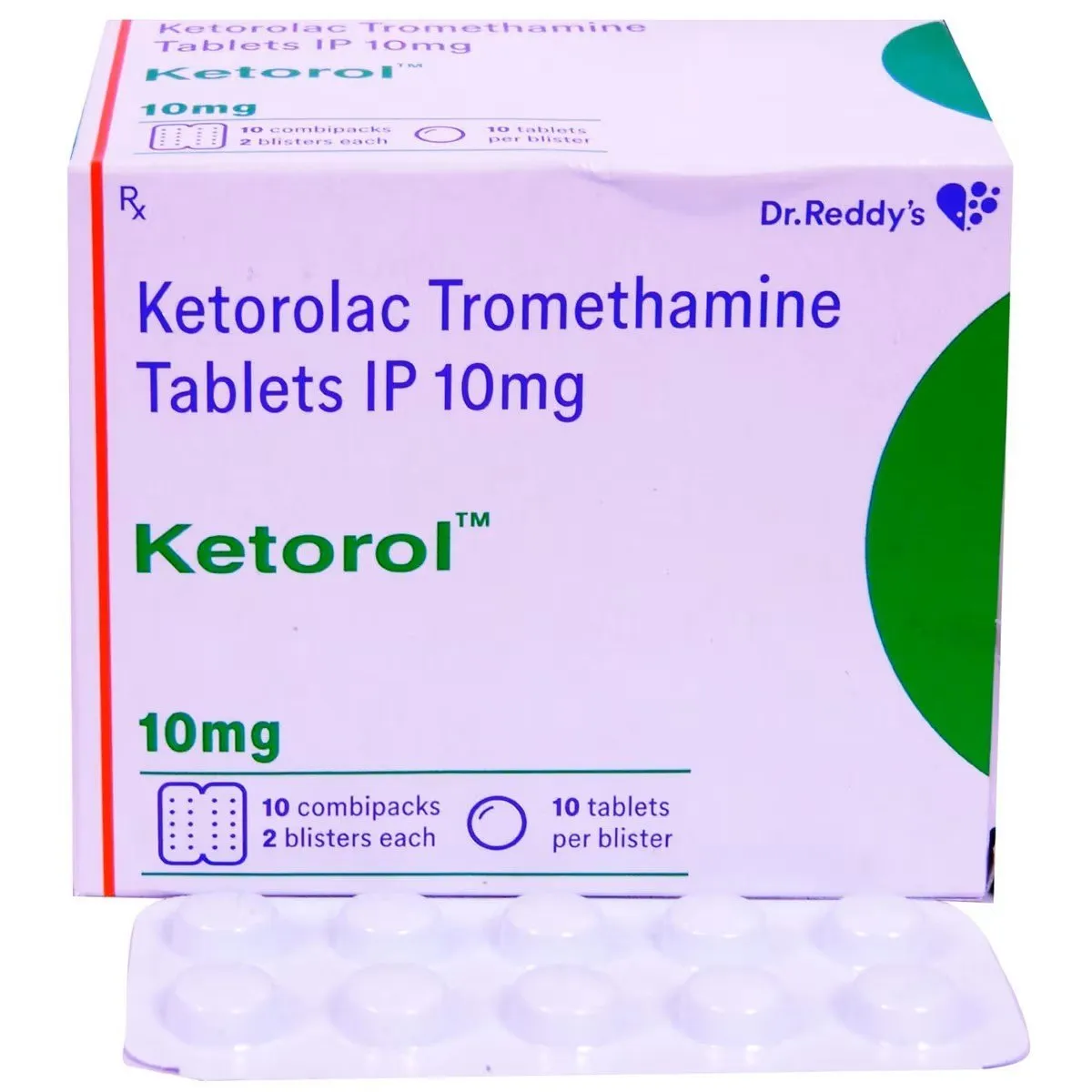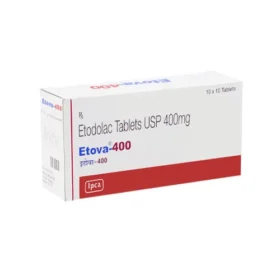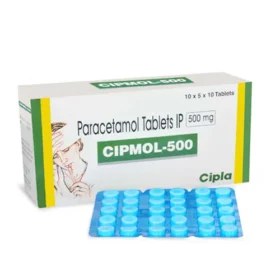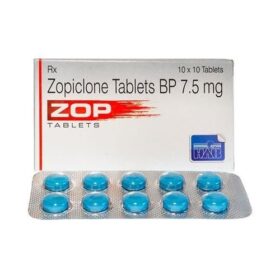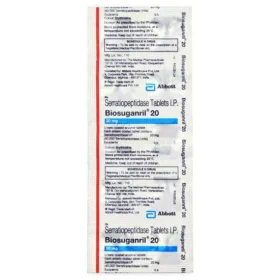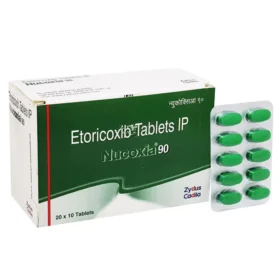- Your cart is empty
- Continue Shopping
Product
Ketorol (Ketorolac)
Price range: $120.00 through $250.00
Ketorolac is a potent NSAID used for short-term relief of moderate to severe pain, commonly after surgery or medical procedures. Available in oral, nasal, ophthalmic, and injectable forms, it effectively reduces inflammation and pain. Ketorolac is often used in combination with opioids to enhance pain management and reduce opioid consumption. However, it should not be used for more than 5 consecutive days due to risks of serious side effects. Not recommended for individuals with certain medical conditions. Always use under healthcare supervision NCBI.
Ketorolac, marketed under brand names like Toradol, Acular, and Sprix, is a potent nonsteroidal anti-inflammatory drug (NSAID) used for short-term relief of moderate to severe pain. It effectively manages pain after surgery or medical procedures. Moreover, it is available in multiple forms, including oral tablets, nasal spray, eye drops, and injectable solutions (mayoclinic.org). By providing various administration options, it ensures flexibility for different patient needs.
Key Benefits & Uses:
-
Provides rapid pain relief for moderate to severe acute pain.
-
Reduces inflammation and swelling that accompany pain.
-
Offers multiple formulations for versatile administration.
-
Often complements opioids to enhance pain management and reduce opioid consumption (ncbi.nlm.nih.gov).
How to Use:
-
Oral Tablets: Take with a full glass of water, either with or without food.
-
Nasal Spray: Use as directed by your healthcare provider for short-term pain relief.
-
Eye Drops: Apply as prescribed to relieve eye-related pain or inflammation.
-
Injectable Solutions: Healthcare professionals administer this form in clinical settings (mayoclinic.org).
Important Safety Information:
Use Ketorolac for no longer than 5 consecutive days, because prolonged use increases the risk of serious side effects. Additionally, avoid it if you have active or previous peptic ulcers, gastrointestinal bleeding, or kidney disease. Elderly patients or those with cardiovascular or renal conditions should exercise caution (drugs.com). Finally, do not use it during the third trimester of pregnancy or while breastfeeding (webmd.com).
Common Side Effects:
-
Drowsiness, dizziness, headache, nausea, and abdominal pain.
-
Redness or swelling at injection sites.
-
Rarely, gastrointestinal bleeding, kidney problems, or allergic reactions may occur (drugs.com).
Why Choose Ketorolac:
Ketorolac delivers fast and effective relief for acute pain, making it ideal for short-term pain management. Furthermore, its multiple administration options and ability to reduce opioid use make it a preferred choice in many clinical settings (pubmed.ncbi.nlm.nih.gov, healthline.com).
Additional Information
| Strength | 1 ml, 10 mg |
|---|---|
| Size | 5 Injections, 10 Injections, 15 Injections, 60 Tablets, 90 Tablets, 120 Tablets |




